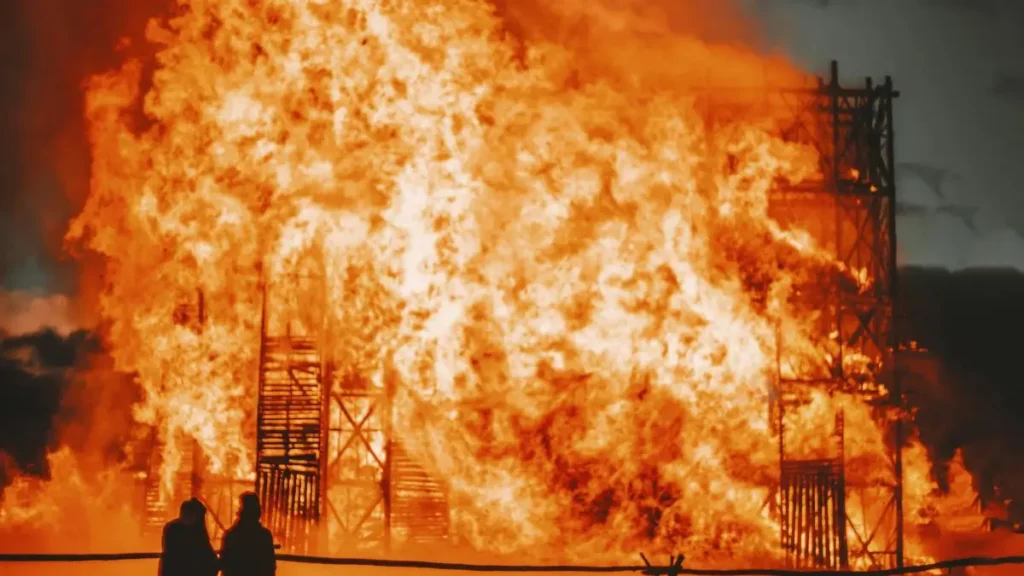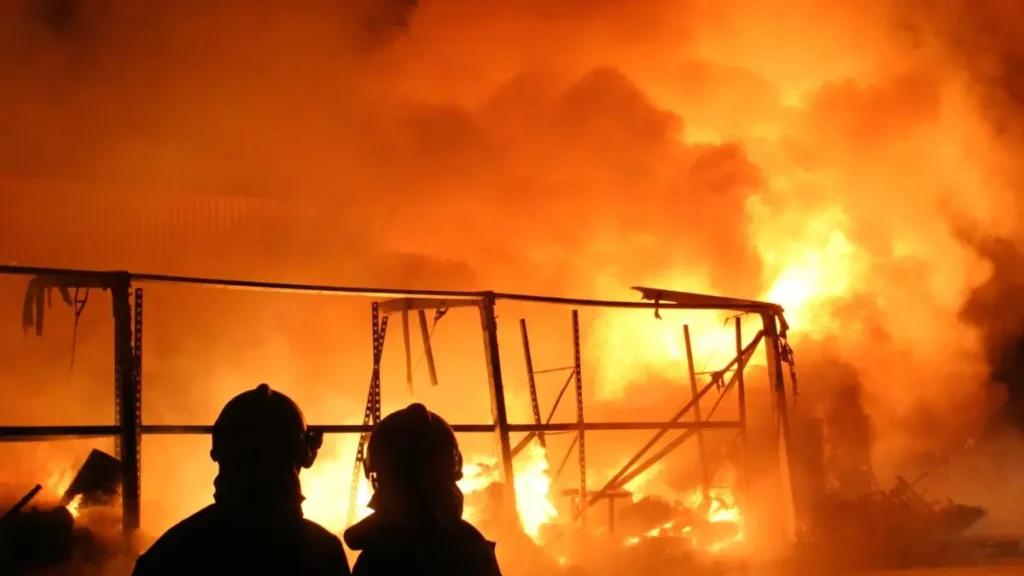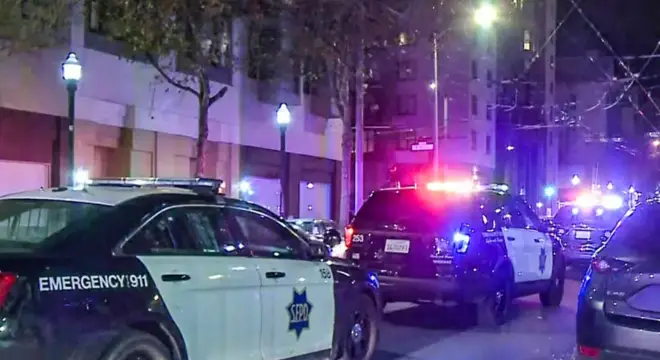Fire at New Kensington Home Made Worse by Hoarding Conditions
I still remember reading about this fire, and it struck me how quickly a normal evening can turn dangerous. On Wednesday, a woman returned home to her house on Richdale Drive in New Kensington and noticed smoke. Imagine walking into your own space and realizing something is horribly wrong — that’s exactly what happened to her.
Within minutes of her 911 call, fire crews from New Kensington and neighboring towns like Arnold, Lower Burrell, Plum, and Tarentum were on the scene. It’s impressive how volunteer departments can coordinate under pressure, but this fire wasn’t straightforward. When firefighters arrived, they found a garage crammed with items — hoarding conditions so severe that neither the front nor back doors would open properly.
Battling a fire is always risky, but clutter makes it exponentially harder. The flames spread faster, and strong winds that evening only added to the challenge. The woman was taken to a local hospital in stable condition, thankfully. Even a seasoned firefighter sustained a minor knee injury navigating the blocked spaces.
Reading about this, I realized how crucial it is to think beyond “just a fire.” Every hoarding-related blaze tells a story about risk, preparation, and community response — and we can all learn something from it.
Hoarding Conditions — Why Clutter Turns Fires Dangerous

When I first read the TribLive report about this fire, one line stood out: “The hoarding conditions were terrible. We could not open the front door or the back door.” That’s the reality of hoarding-related fires — it’s not just extra stuff lying around; it’s a life-threatening obstacle.
Clutter blocks exits, slows down firefighters, and hides flames until they’ve already grown. I keep thinking about the firefighter who injured his knee while trying to navigate the packed garage. Every item stacked in a hoarder’s home becomes a hazard — not just for the residents, but for anyone trying to help.
It’s easy to underestimate how much risk that “mess” creates. Strong winds, flammable piles, and trapped smoke turn a standard fire into a nightmare scenario. Reading about Richdale Drive, it’s clear this fire could have been catastrophic without quick response.
Stories like the Washington State home fire that tragically claimed the life of an 11-year-old boy and three pets highlight how dangerous accumulated clutter can be during emergencies.
Firefighter Response — Coordinating Under Pressure
I can’t overstate how impressive the response was. Multiple volunteer departments from New Kensington, Arnold, Lower Burrell, Plum, and Tarentum arrived within minutes. That kind of coordination under stress is remarkable, especially when conditions are unpredictable.
Firefighters had to think on their feet. Doors blocked, smoke filling the home, and strong winds spreading flames made standard tactics nearly impossible. The team spent three hours battling the blaze, adapting to every obstacle.
It reminded me that firefighting isn’t just about putting out flames — it’s about strategy, timing, and teamwork, especially in homes with hoarding conditions.
Causes & Fire Safety Lessons
According to the fire chief, the cause appears accidental, and the smoke alarms weren’t working. That’s a critical point we often overlook.
You can have the fastest response and the bravest firefighters, but without early detection, the danger multiplies.
I’ve seen too many reports ignore this detail. Non-functional alarms and clutter make fires almost impossible to contain quickly.
It’s a reminder for all of us: check your devices, test them regularly, and don’t wait until it’s too late.
Tragically, fires can escalate quickly when safety measures fail — similar to the case of a Henrico woman killed in an early morning house fire, which reminds us how crucial functional smoke alarms are.
Community & Support — Beyond Firefighting

One thing that stood out to me is the community aspect. Volunteer firefighters showed incredible coordination and dedication. Chief Saliba praised them, and rightly so. But there’s also the human side beyond the blaze.
The Hoarding Alliance of Westmoreland County offers support groups for people struggling with clutter. They meet at the Norwin Chamber of Commerce — call 724-739-3785 if you or someone you know needs help.
Fires aren’t just about flames; they’re often symptoms of deeper challenges like mental health struggles.
For quick tips and local updates on fire safety, you can also join active WhatsApp groups that share alerts and prevention advice for your area — these channels often highlight hoarding-related risks before they escalate.
Broader Lessons
The New Kensington fire teaches us several things. Hoarding dramatically increases fire risk. Smoke alarms save lives.
Quick, coordinated response is vital. And most importantly, prevention starts with awareness and support.
If you’re reading this, ask yourself: when was the last time you checked your smoke detectors?
Have you cleared high-risk clutter in your home? Small steps now could prevent a nightmare later.
Prevention & Safety Measures — How to Avoid a Disaster
Looking at the Richdale Drive fire, one thing becomes obvious: prevention matters more than reaction. I’ve learned that you can’t rely solely on firefighters or luck — you have to take action yourself.
Start with the basics. Check your smoke alarms. Make sure they’re working and replace batteries if needed. A functioning alarm could give you minutes — sometimes life-saving — to escape a house fire.
Next, tackle clutter strategically. You don’t have to declutter your entire home in a day, but focus on high-risk areas: garages, kitchens, and spaces around electrical outlets or heaters. Even clearing a pathway to exits can make a huge difference.
If hoarding is an issue — for yourself or someone you care about — don’t wait. Seek professional or community support, like the Hoarding Alliance of Westmoreland County. They understand the challenges and can provide real solutions, not just quick fixes.
Finally, consider your neighborhood. Fires can affect more than just your house. Share tips with neighbors, check on vulnerable residents, and make sure your community has clear emergency plans. Prevention is collective as much as it is personal.
Past incidents, like a house fire in Camillus that left one resident dead, show why clearing clutter and maintaining alarms isn’t optional — it can make the difference between life and death.
Final Thoughts
Reading about the New Kensington fire, I can’t help but think: what would you do if this happened next door? Fires escalate fast, especially with hoarding or clutter involved.
Take a moment tonight: check your smoke alarms, clear a path to exits, and talk to someone you trust if hoarding or clutter is a concern. You might save a life — maybe your own.
Have you checked your home for hidden fire risks recently? Share your experience or tips in the comments — let’s help each other stay safe.
For more real-life fire safety stories and tips, visit our Home Incidents section and see how communities respond to emergencies like this.
Disclaimer: The information in this article is for educational and awareness purposes only. It is not a substitute for professional fire safety, medical, or mental health advice. Always follow official guidelines and consult professionals when addressing fire hazards or hoarding issues.


